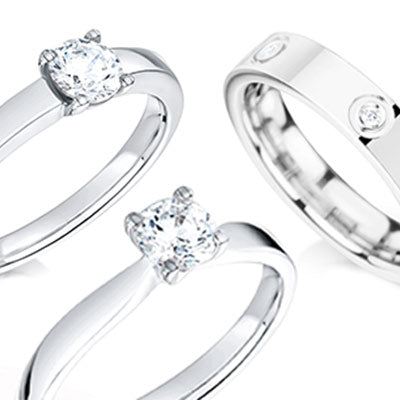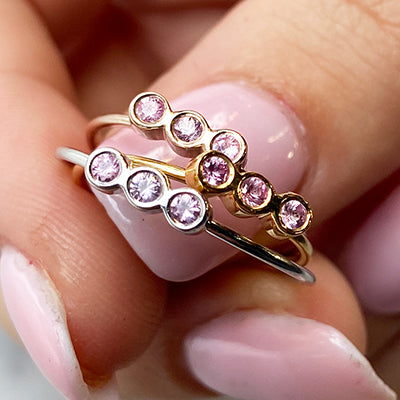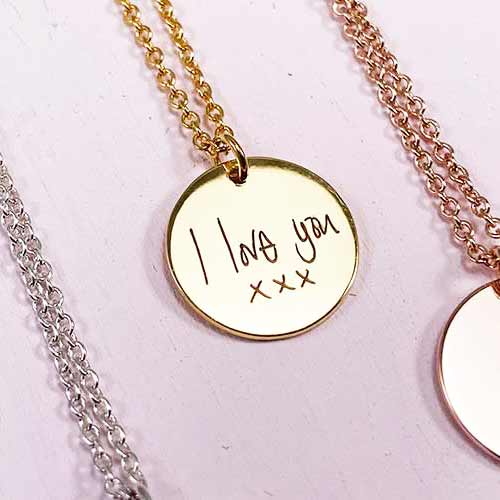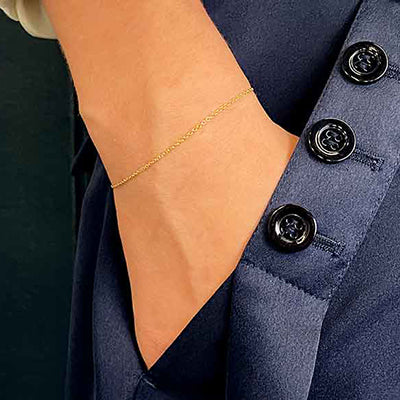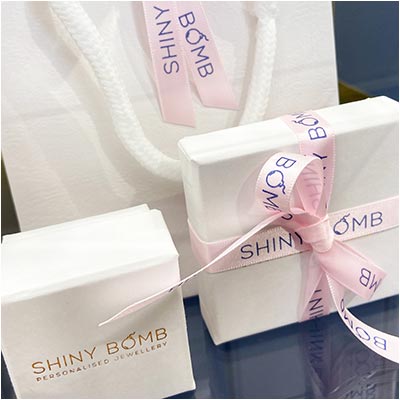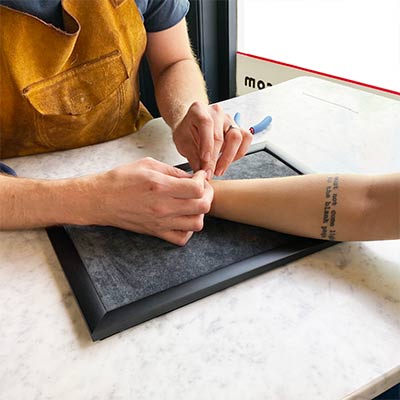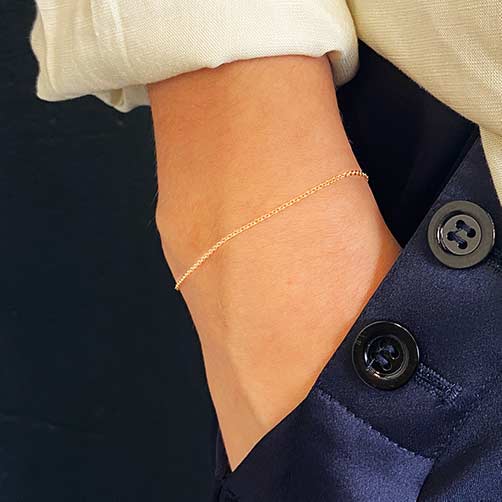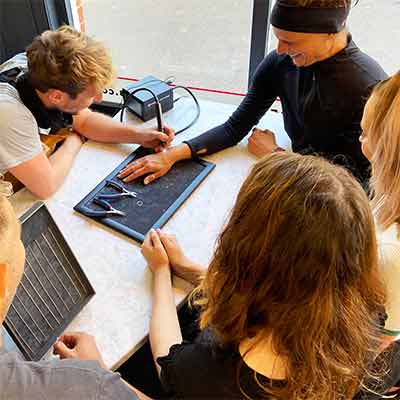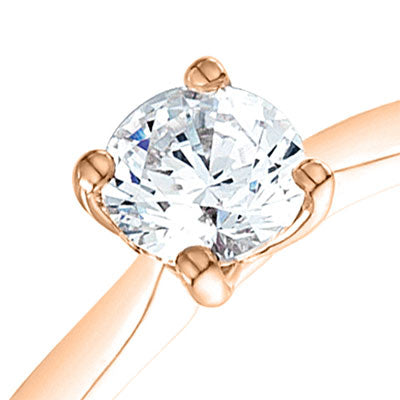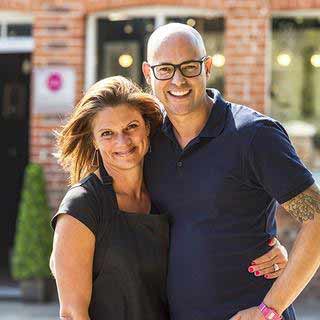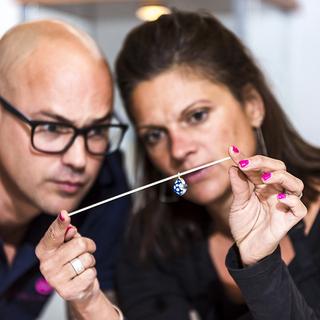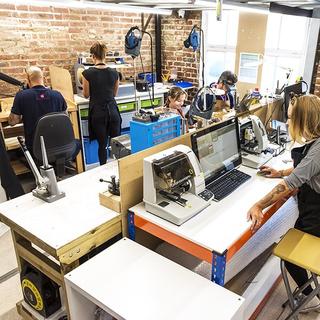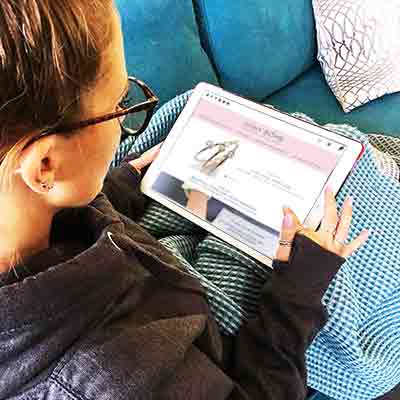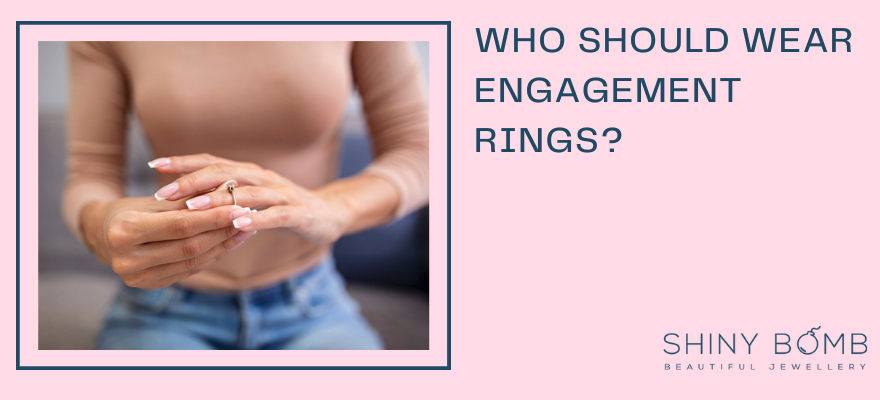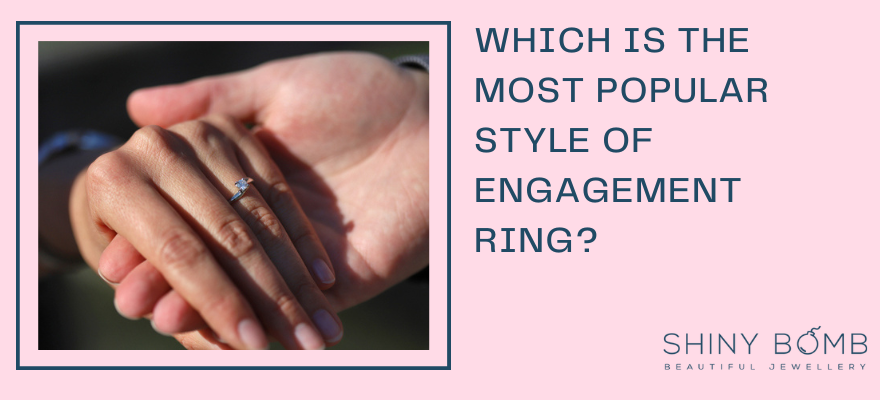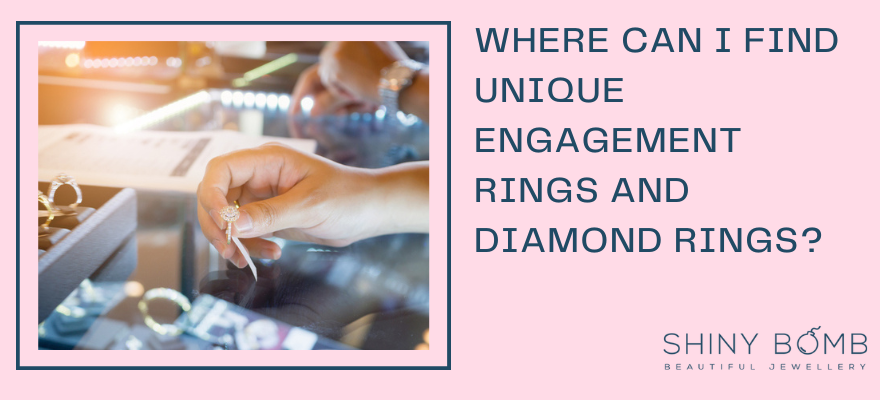 When it comes to engagement rings, many people think of diamonds. And while natural diamonds remain the most popular option, lab-grown diamonds are becoming an increasingly viable alternative. Lab-grown diamonds are identical to natural diamonds in every way, but they are environmentally friendly and conflict-free because they are not mined.
When it comes to engagement rings, many people think of diamonds. And while natural diamonds remain the most popular option, lab-grown diamonds are becoming an increasingly viable alternative. Lab-grown diamonds are identical to natural diamonds in every way, but they are environmentally friendly and conflict-free because they are not mined.
Since lab-grown diamonds do not have to be dug out of the ground, they are typically less costly than their mined counterparts. And this means you'll get more for your money. When choosing a diamond for an engagement ring, size isn't everything, and you should consider other characteristics which impact the appearance of the diamond.
In this guide, we'll explore the difference between a lab-grown diamond and a natural diamond and what factors influence the price of a diamond, including the size. Read on to find out more information about diamond sizes and how to choose the right size for an engagement ring.
What's the difference between a lab-grown diamond and a natural diamond?
The main difference between a lab-grown diamond and a natural diamond is how they are created. Lab-grown diamonds are created in a laboratory using advanced technology that replicates the conditions under which natural diamonds are formed deep within the earth.
Natural diamonds, on the other hand, are mined from the earth. Other than that, there is very little difference in the finished product. Lab-grown diamonds are often of superior quality because they don't have the same inclusions and flaws that occur in nature.
How are diamonds sized?
Diamonds are measured in carats, with one carat being equal to 0.2 grams. The size of the diamond is then determined by its diameter in millimetres. For example, a 0.50-carat diamond would have a diameter of approximately 5.10 mm. While carat weight is one thing that influences the price of the diamond, there are other factors at play.
Diamonds are priced by the four Cs: carat, cut, clarity and colour. You can compromise on things like cut, colour and clarity to get a larger diamond. With a lab-grown diamond, you don't have to make these sacrifices, as they are all made to a minimum standard of clarity and colour.
Diamond carat
The carat refers to the weight of the diamond, but other factors will influence how it appears. For example, a 1-carat diamond could look incredibly different if it has an inferior cut. Two diamonds could have the same carat weight and look drastically different. This is why it's important to balance all of the factors when choosing a stone for an engagement ring.
Diamond cut
The cut is important because it affects the diamond's symmetry, brightness, fire and how sparkly the diamond appears. The better the cut, the more expensive the diamond. Lab-grown diamonds are always cut to maximise their potential, so you can be sure you're getting a beautiful diamond no matter what size you choose.
Diamond colour
The colour of the diamond is judged on a scale from D (no hue) to Z (a yellow-hued diamond). Lab-grown diamonds are usually graded as G or H, which is near colourless. If your diamond is slightly yellow, pairing it with a silver band can help to make it appear whiter.
Diamond clarity
Clarity is how many blemishes or inclusions the diamond contains and is judged on a 6-point scale from FL (flawless) to I3 (imperfect). Lab-grown diamonds are usually graded as VS1 or VS2, meaning they have very few inclusions. Inclusions and flaws are usually only visible using a jeweller's loupe.
What's a good size for an engagement ring?
The average size for an engagement ring is about one carat. This is the size that looks best on the finger and also happens to be the most popular size. Lab-grown diamonds are available in all sizes, from 0.5 carats up to two carats and beyond. If you want a larger diamond but don't want to spend a lot of money, you can compromise on things like the cut, colour or clarity. You could also purchase a vintage diamond, although they tend to retain their value well, so this might not be a significant saving.
How can I make a diamond appear larger?
If you have a modest budget and want your diamond to appear larger, there are a few tricks you can try. You can create the illusion of a larger diamond by choosing the right cut and setting.
- A halo setting features a centre stone surrounded by a circle of inexpensive smaller stones. This can make the diamond appear up to one carat larger.
- A bezel setting is when the metal band goes around the edge of the diamond, holding it in place. This can make the diamond appear much larger.
- A trilogy ring is also a great option. This will include a larger centre stone surrounded by two matching smaller stones on either side.
If you want a really big diamond but don't have the budget for it, you could consider using a lab-grown diamond or choosing a diamond alternative. For example, a yellow diamond or pink diamond could easily be replaced with a less expensive yellow or pink sapphire. This will enable you to spend more on a larger stone, while the end result will be almost identical.
Closing thoughts
When choosing the size of your diamond, it's important to consider the 4Cs (carat weight, cut, clarity and colour) as well as your budget. Lab-grown diamonds are a great option if you want a beautiful diamond without breaking the bank.
And remember, the size of the diamond is not the only thing that matters – an engagement ring is an expression of your love, so don't get too caught up in the size and value of the ring. If it's true love, any ring will suffice. And you can always upgrade it in the future.

